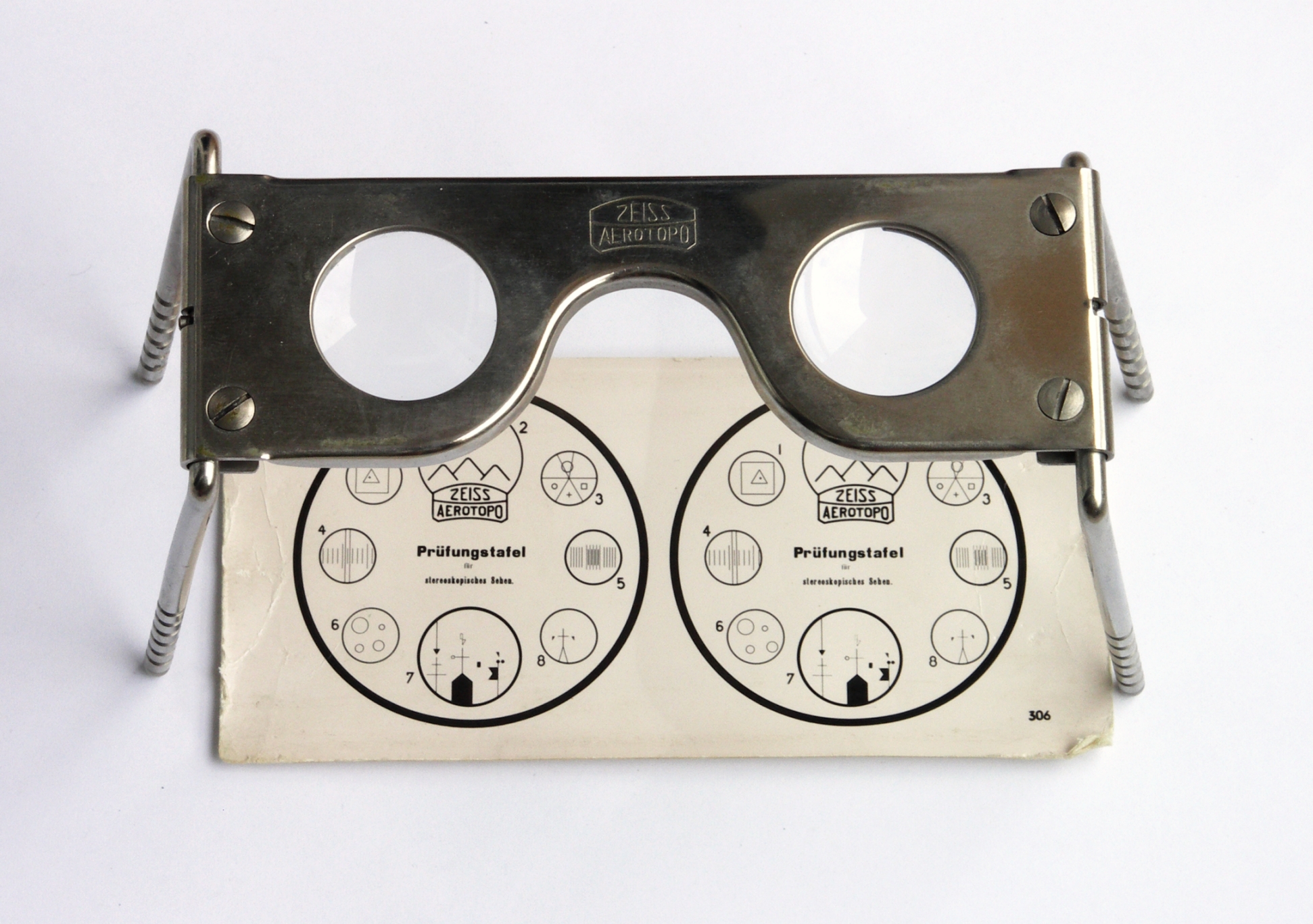The topic of our most recent talk from Wayne McPhail was the future. Wayne is indirectly responsible for getting Dan Zen interested in Interactive Multimedia. He has been involved in online since the late 80’s and he started as a journalist at the Hamilton Spectator. He became interested in hypertextual documents – a way for people to share information easily and it became a way to share “great stories in new ways." So basically, he and the internet go WAAAAAY back. He shared some interesting quotes with us as well, such as:
“The future is here. It’s just unevenly distributed” – William Gibson
“The best way to predict the future is to invent it” – Alan Key
Wayne stressed that we are living in a bubble – everything around is inside this bubble, but not all of the new ideas and technology are in their world. He showed us a trailer from Bladerunner to illustrate the idea that people understand technology at different rates and the learning is not blanketed across everyone. I especially liked when he talked about the difference in storage space from a decade ago to now. It's crazy to think that in the future we will have even more memory and even smaller devices to store it on. I hope I don't get left behind when all of the new technology emerges, but instead stay current. That's one of the things I like about this industry is that you have to be constantly learning.
Another point that he stressed is that we’re moving to a space where interface is multimodal. We’re not just dealing with mouse and keyboards. Most of what we are dealing with is going to be touch based. This was especially interesting since our client project dealt with gestures and touch based applications. Seems the future of the Minority Report isn't too distant after all. He left us with a final quote:
"Winners are going to innovate – think about new ways to create interfaces."
Dan Zen on Consumption and Creation.
9 years ago




